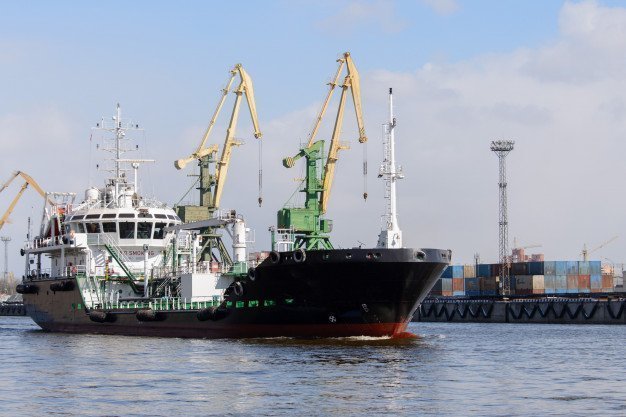A year ago, at the beginning of 2020, markets focused on a marine fuel regulation that they feared would increase the price of fuel. However, the feared was not happen.
IMO 2020 came out exactly on January 1, 2020, after years of preparation and anxiety. Essentially, the main requirement of the International Maritime Organization was that marine fuels should meet a new 0.5% sulfur specification globally. The previous limit on high sulfur fuel oil was 3.5%.
A way was to produce a new product called very low sulfur fuel oil (VLSFO), which could also affect the diesel markets. The problem for the diesel markets – at least according to estimates – was the need for a product called vacuum kerosene (VGO) used to produce diesel to produce VLSFOs. VGO is a distillate product, like diesel. And the concern was that the distillate molecules found in VGO and set out to make VLSFOs were moving away from making diesel.
Even sophisticated refineries were concerned about the supply of lighter products required to blend very low sulfur fuel oil.
But then the Covid pandemic exploded and all bets closed.
At the beginning of the epidemic, with diesel demand falling and the massive collapse of jet fuel demand, although not as much as gasoline demand, there were a large number of light product molecules available in the market, including to make suitable marine fuel.
By the end of 2019, the upcoming International Maritime Organization regulations mandating the use of VLSFOs were expected to direct the distillate to meet the new specifications. Originally, there was an expectation that manufacturers and available facilities were not readily available and a shortage of VLSFO supplies. However, the IMO 2020 fuel shortage never arose in early 2020, after refineries produced enough VLSFOs to meet shipping demand.
Also discussed was the economics of ship scrubbers, an alternative that allows ships to meet stricter sulfur properties when burning high sulfur fuel oil (HSFO). These ships are ships that can burn the HSFO by means of a washer, in which by definition do not need to burn the VLSFO.
But for the high cost scrubber to work, the difference between VLSFO and HSFO is that the lower cost of the fuel to buy cheaper fuel must be advantageous enough to cover the cost of the cleaner in a reasonable time. But in 2020 this did not hold account, with the collapse of various markets, the price difference between HSFO and VLSFO did not make the washer-adapted vessels advantageous.
Before the pandemic, the price gap between fuel oil compliant with IMO 2020 and conventional HSFO widened by around $ 210 per metric ton in February. With this kind of spread, it was possible to say that when investing in a washer the payback period was reduced to less than a year.
But with the demand for refined products collapsing, IMO 2020 concerns disappeared as sulfur emissions contracted in April and remained low for the rest of the year.
Refineries continued to produce fewer HSFOs as part of their overall disruption to operations. However, the decrease in demand for lighter sulfur transport fuels such as gasoline and diesel has meant a narrowing of the spread between low-sulfur and high-sulfur products. According to the data, the price difference from low-sulfur fuel oil to high-sulfur fuel oil, which was $ 22.90 per barrel in February, was $ 14 / b in the first half of July, and the average for July was around $ 9 / b. Installing a washer on a VLCC tanker meant a payback period of more than 1.64 years discouraged shippers from making this investment.
There were other market developments that prevented the price of high-sulfur products from collapsing. A new stricter specification for sulfur in gasoline has also raised market concerns. However, such a situation did not occur due to the weak demand for gasoline caused by the pandemic. Sulfur loans, traded for more than $ 3,000 at one point, dropped to $ 167 per loan at the end of the year. OPEC’s cuts in high-sulfur raw material production outstripped cuts in low-sulfur WTI crude oil, resulting in an increase in higher-sulfur crude oil in price compared to low-sulfur products.
Overall, refineries faced urgent challenges in 2020 resulting in low margins and low capacity, which was harmless compared to the expected aggression of 2019.

